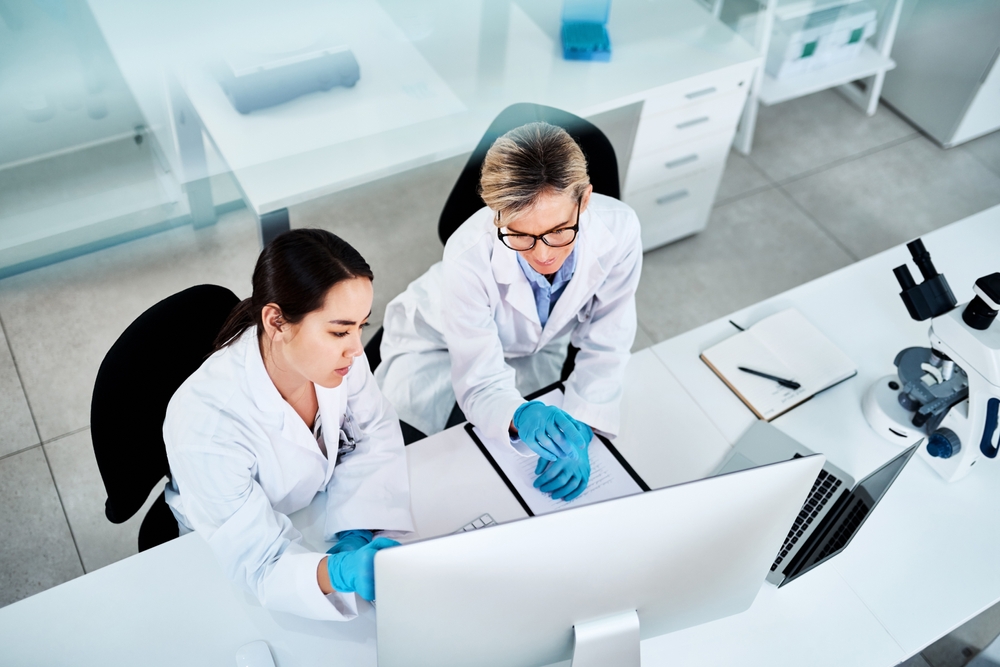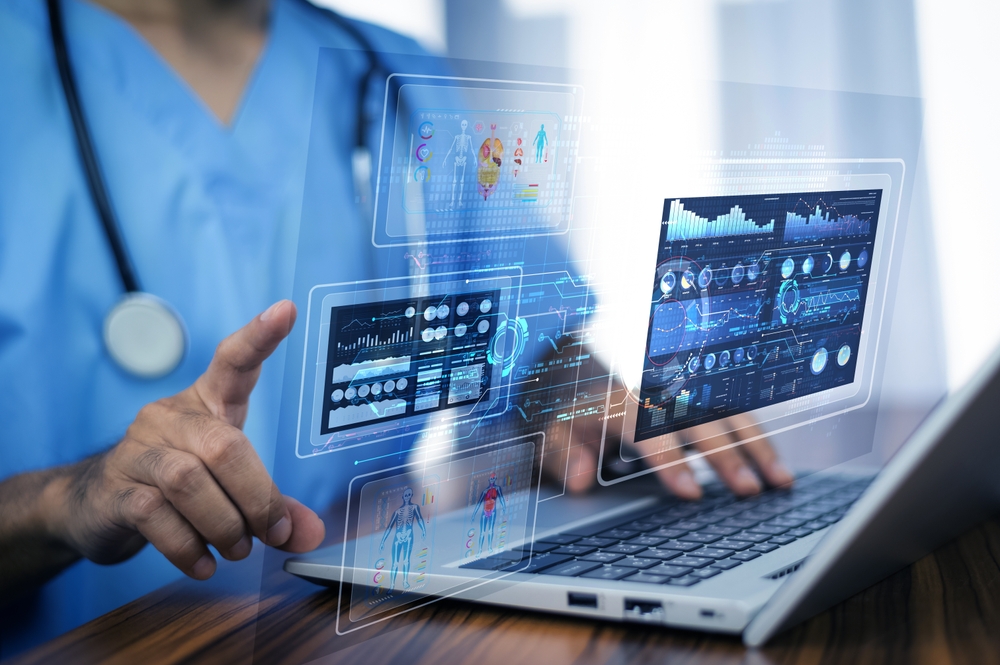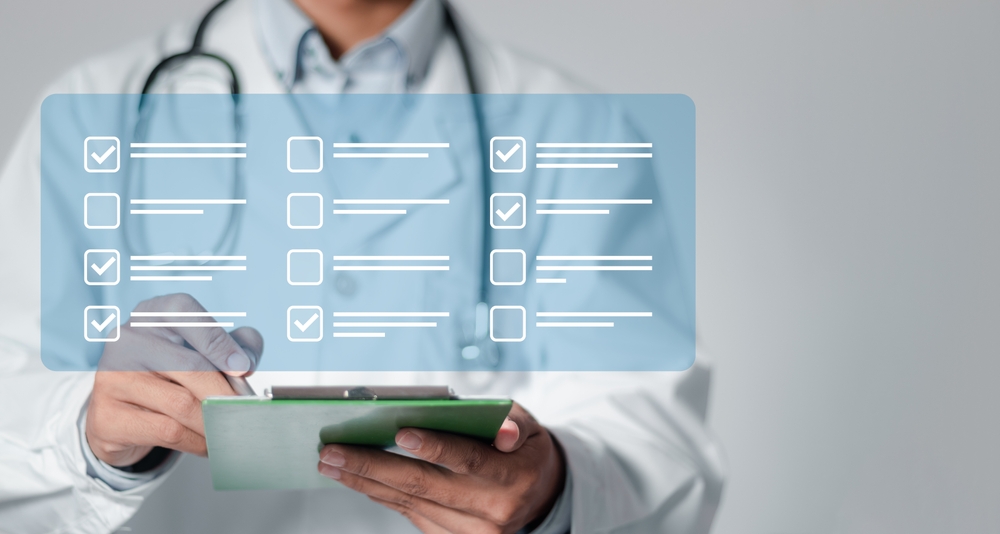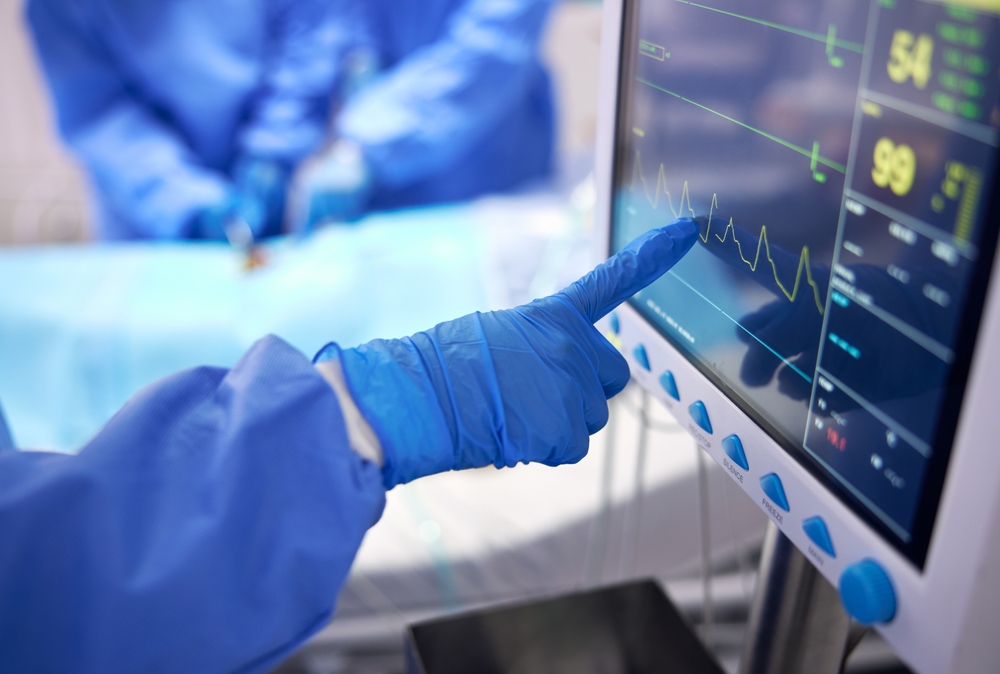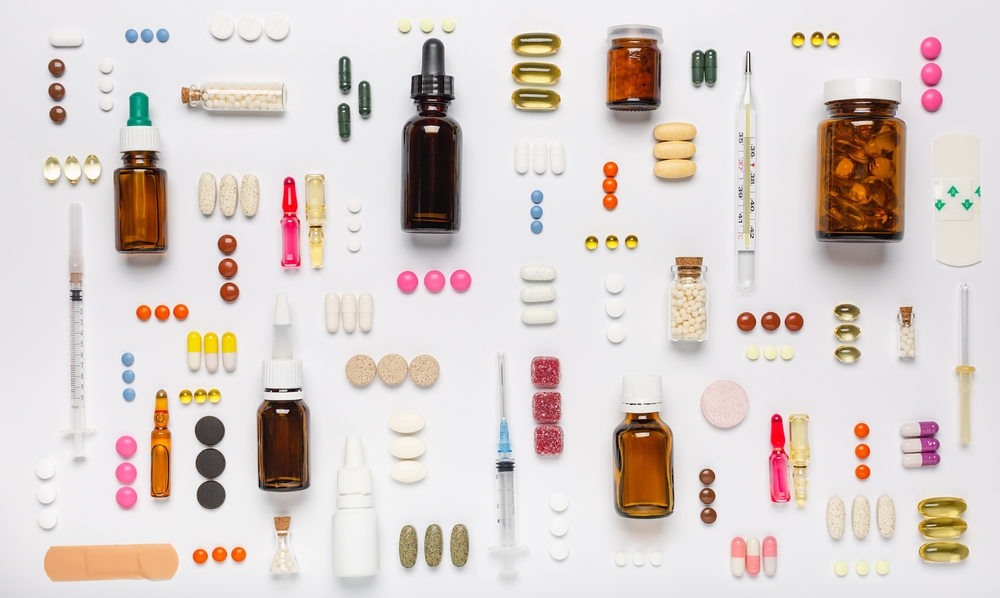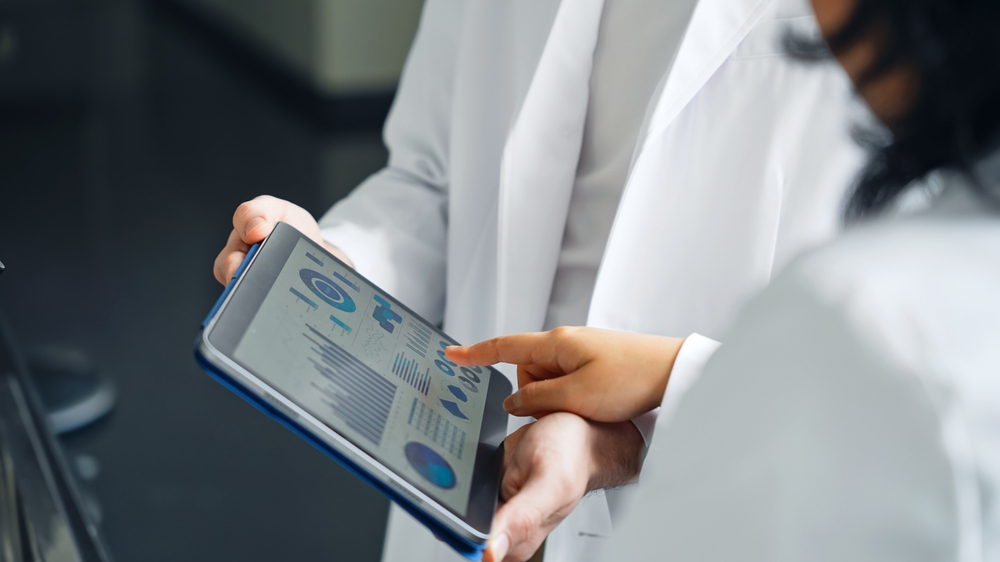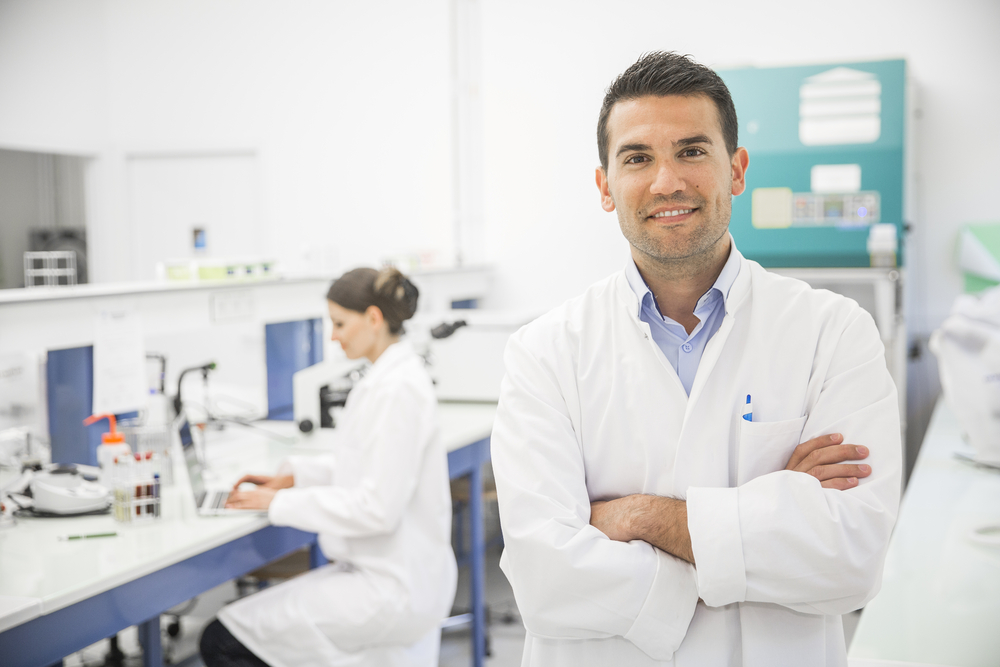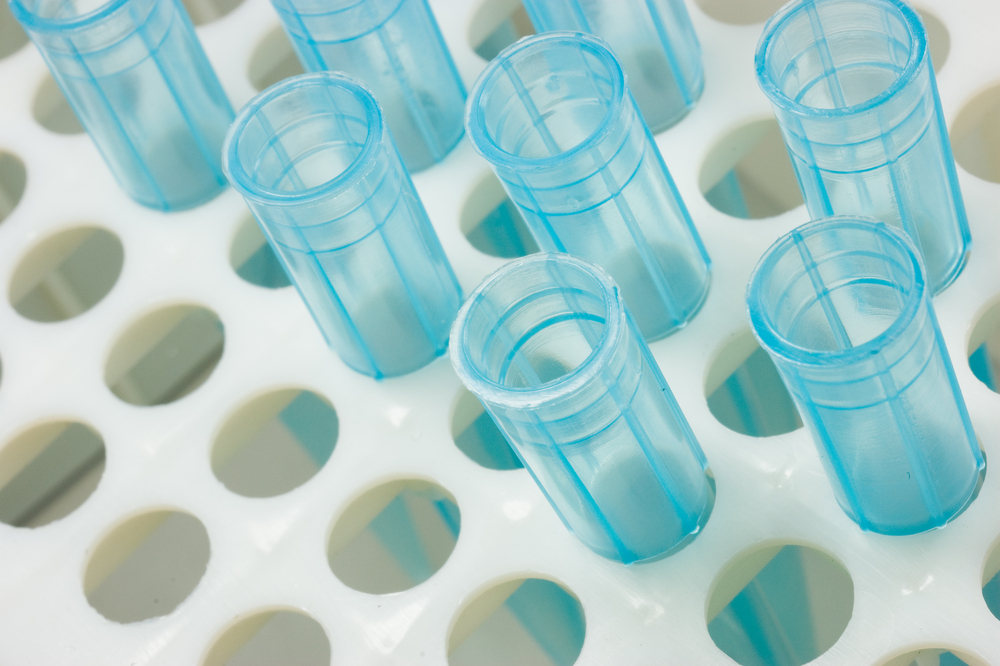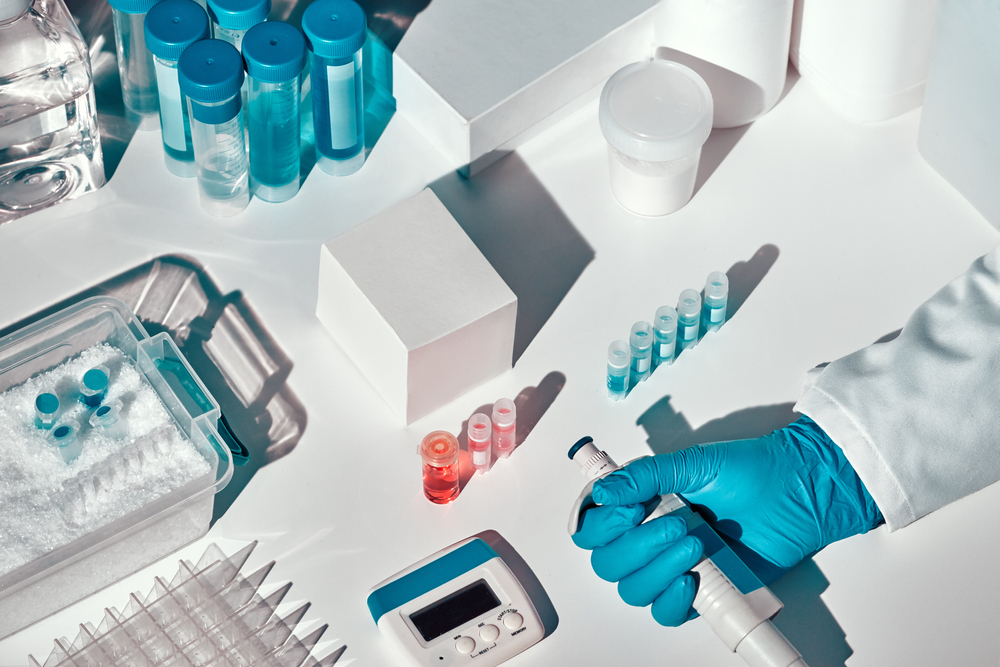As medical technologies rapidly evolve, the clinical environment has become more reliant on advanced devices—from robotic surgical tools and implantable monitors to AI-driven diagnostics. For healthcare professionals, staying proficient in device use is not merely an option—it’s a necessity. Improper use of medical devices can result in diagnostic errors, therapeutic failures, or even patient harm. In this high-stakes context, continuous training ensures optimal performance, reduces liability, and enhances patient outcomes.
CROs like Acenth recognize that clinical trials and post-market success depend on providers being confident and competent in device application. Whether you are a primary operator or part of a collaborative team, understanding the technical and clinical aspects of a device directly impacts care quality. Without structured training, even the most advanced technologies may fail to deliver expected benefits.
Clinical and Regulatory Implications of Inadequate Training
From a regulatory standpoint, the FDA and international authorities expect that medical device manufacturers provide sufficient training to users as part of product deployment. In fact, lack of user training is a leading root cause of device-related adverse events reported to the FDA. Moreover, during clinical trials, inadequate investigator or staff training can compromise data integrity, introduce protocol deviations, or trigger regulatory inspection findings.
The issue is not only regulatory. Clinically, improper setup, calibration, or patient preparation can reduce device sensitivity or specificity. For instance, misuse of an imaging system could lead to misdiagnosis, while incorrect interpretation of a diagnostic panel may result in unnecessary treatment. Medical device training, therefore, is tightly linked to patient safety, therapeutic accuracy, and overall workflow efficiency.
Types of Training Models and Educational Pathways
Effective medical device training spans various formats, depending on the complexity of the device, clinical context, and provider specialty. The most common approaches include:
- Hands-On Simulation – Allows providers to practice using devices in controlled, risk-free environments.
- Online CME Modules – Flexible, standardized programs for physicians and allied health professionals.
- In-Servicing by Reps – On-site support by manufacturer-trained personnel during device introduction.
- Train-the-Trainer Models – Empower internal staff to lead ongoing education within institutions.
These methods can be combined into blended learning programs that support different learning styles. Ideally, training should include both theory and supervised practical components. For devices involved in clinical trials, CROs often coordinate training with sponsors to ensure consistency across trial sites. This fosters reproducibility and adherence to trial protocols.
Continuous Education and the Pace of Innovation
Continuing medical education (CME) is indispensable in today’s environment of rapid technological change. As devices become increasingly integrated with software, data analytics, and remote functionality, providers must also develop proficiency in digital literacy. This includes understanding cybersecurity measures, interpreting algorithm-generated insights, and integrating devices with electronic medical records (EMRs).
Moreover, CME helps clinicians critically evaluate new technologies and separate innovation from marketing. Not every new device improves outcomes; some may offer only marginal benefits or introduce new risks. With informed education, providers can engage in evidence-based adoption, improving cost-efficiency and therapeutic value in clinical practice.
Institutional Support and Return on Investment
Hospitals, clinics, and research institutions benefit significantly from investing in structured device education. Beyond patient safety, trained personnel reduce time spent on troubleshooting, increase device lifespan through proper maintenance, and improve clinical trial enrollment by meeting sponsor expectations for user proficiency. Institutions that adopt formal training protocols are also better positioned to participate in early-access programs and industry-sponsored research.
There is also a strong return on investment from a medico-legal perspective. Inadequate training has been cited in malpractice claims involving device misuse. Conversely, documented staff education and device competency records can serve as strong legal defenses and reduce exposure to liability. For CROs, maintaining a database of site-level training completion supports regulatory readiness and facilitates smoother audits.
The Role of CROs and Clinical Leaders
Clinical Research Organizations like Acenth play a pivotal role in bridging manufacturers and healthcare providers through training. By developing device-specific learning tools, certification modules, and onboarding plans for trial investigators, CROs ensure protocol adherence and consistent device usage across multi-center studies. This consistency enhances data quality and reduces variability in trial outcomes.
Healthcare professionals involved in research, particularly those acting as principal investigators, should view training not as an administrative obligation, but as a strategic asset. Proactive engagement with training opportunities ensures that emerging technologies are implemented effectively and ethically, improving both research results and patient care.
Empowering Clinical Excellence Through Education
The expanding role of technology in medicine demands more than passive familiarity—it calls for active, ongoing education. For physicians, nurses, and researchers, investing time and resources in medical device training translates directly into better clinical judgment, higher safety standards, and improved patient trust. Whether you’re adopting a new implant, utilizing a diagnostic platform, or overseeing trial operations, competency must be earned and maintained through structured learning.
Institutions that champion education empower their teams to lead confidently in a dynamic healthcare landscape. With the support of CROs, device manufacturers, and credentialing bodies, continuous training is both achievable and transformative.
Resources
- U.S. Food & Drug Administration (2022). Understanding Human Factors in Medical Device Use.
- Institute for Safe Medication Practices (2021). The Role of Training in Medical Device Safety.
- Association for the Advancement of Medical Instrumentation (AAMI) (2023). Training Standards for Device Competency.

